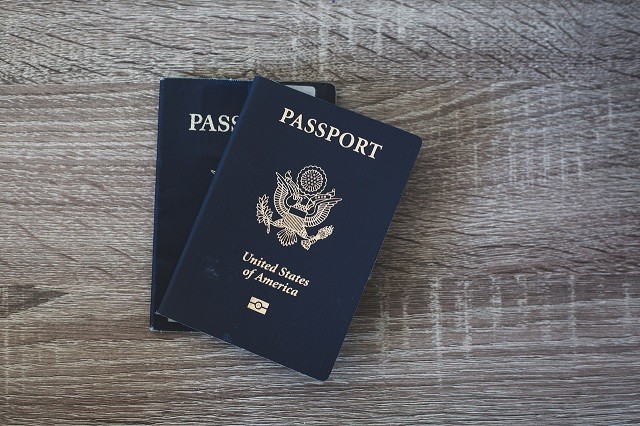In a significant move, the U.S. government has announced stringent changes to their Visa Waiver Program (VWP) for Hungarian nationals, impacting their ability to travel to the United States hassle-free. Effective in August 2023, the popular Electronic System for Travel Authorization (ESTA) will undergo modifications, reducing its validity period from 2 years to one year
24 March 2022
| Post byThe United States Department of State has redesigned the US passport and introduced the Next Generation Passport (NGP).
From summer 2022, all passport agencies and centers in the US will issue the updated version of the travel document for all new US passport applications and renewals.

When Did the US Next Generation Passport Come Out?
The Next Generation Passport came out in March 2021, in a gradual rollout across the country.
Passport agencies and centers need to replace existing printers with specialized NGP printers before they can start distributing the new passport. This is why the new travel document is being introduced in stages.
Why Did I Not Get a Next Generation Passport?
Since March 2021, over 2 million Next Generation Passports have been issued. However, this is only in offices that have the facilities to print the new version.
Until August 2022, the US Department of State will continue to supply the previous US passport style and the new NGP.
If a US passport was granted and it is not a NGP, it will be because the passport office where it was requested does not offer the updated document yet.
How to Get a US Next Generation Passport
It is not possible to request a Next Generation Passport and the US government cannot guarantee that an individual will receive one.
The only way to receive a NGP is by applying at a passport office that has already begun to issue them. However, there is no guarantee that the new passport will be given.
Can I Still Use My Old US Passport?
All US passport holders either have the previous ePassport version, or the new NGP. Both documents work in the same way and it is not necessary to update to a NGP.
Individuals with either type of US passport can continue to enjoy the benefits of being an American citizen while traveling. They simply need to follow the visa requirements for US passport holders.
How is the NGP different to the ePassport?
The Next Generation Passport is similar to the ePassport, with some slight differences.
Certain features have been enhanced on the NGP to make it as secure as possible. The most noticeable changes are on the passport photo page, the endorsement page, and the artwork.
The Next Generation Passport also has 26 pages, whereas the ePassport has 28. Frequent travelers can still request a larger book–the NGP has 50 pages and the ePAssport has 52.
Related News
The United States government has announced that the US ESTA is now mandatory for citizens of all Visa Waiver Program (VWP) countries entering the United States by land. This new policy will be introduced on October 1st, 2022. Visa-exempt travelers are still able to enter the US by land without a visa, but they will
The United States of America is considering adding 4 countries to its Visa Waiver Program (VWP), according to Homeland Security Secretary Alejandro Mayorkas. If the decision is taken, nationals of these states will be able to visit the USA visa-free. To enter the country without a visa, they will simply have to register with the
Social media information is now a mandatory requirement for ESTA and visa applications for the USA. This latest change in visa policy is part of US President Donald Trump’s plan to set a “uniform baseline for screening and vetting standards and procedures”. According to the latest global visa information, this requirement is now compulsory for



